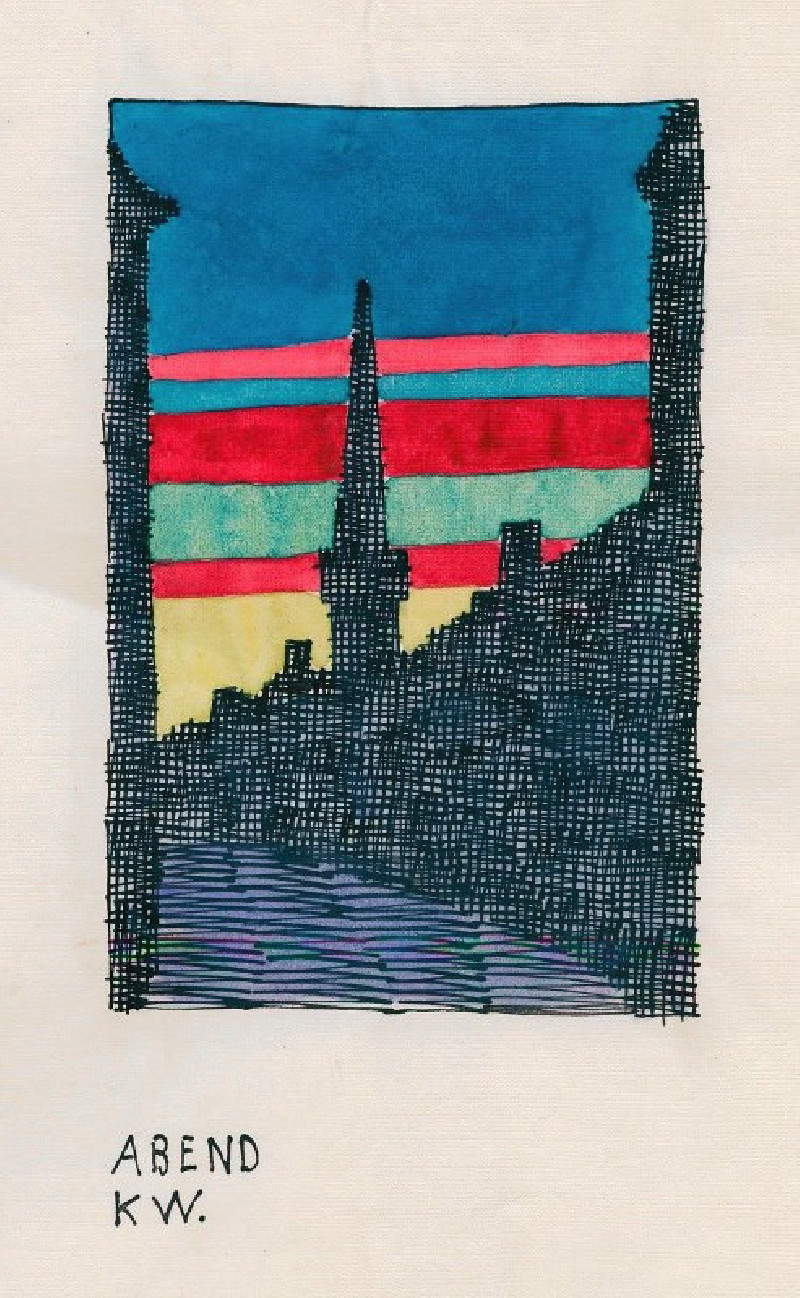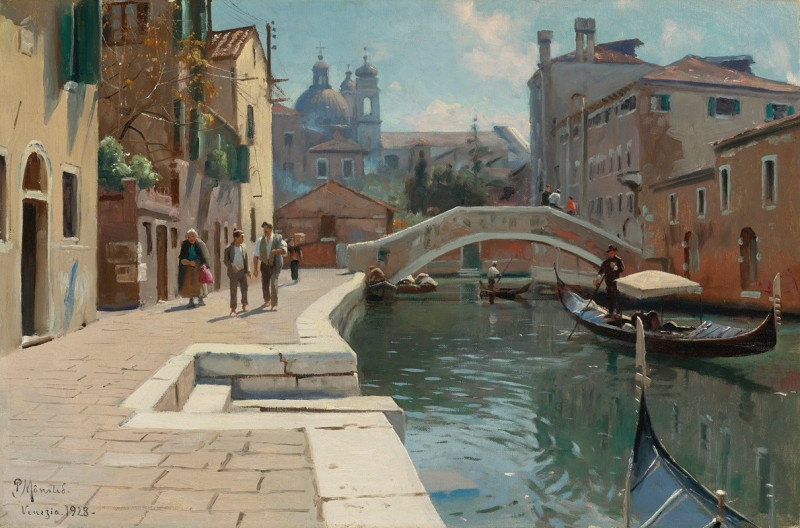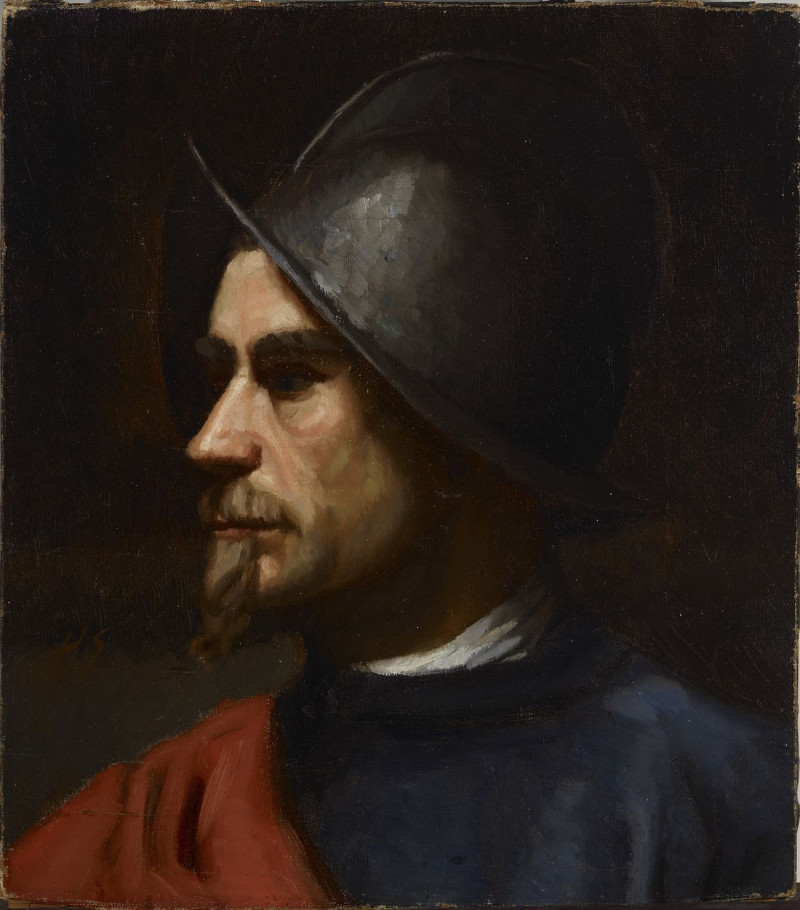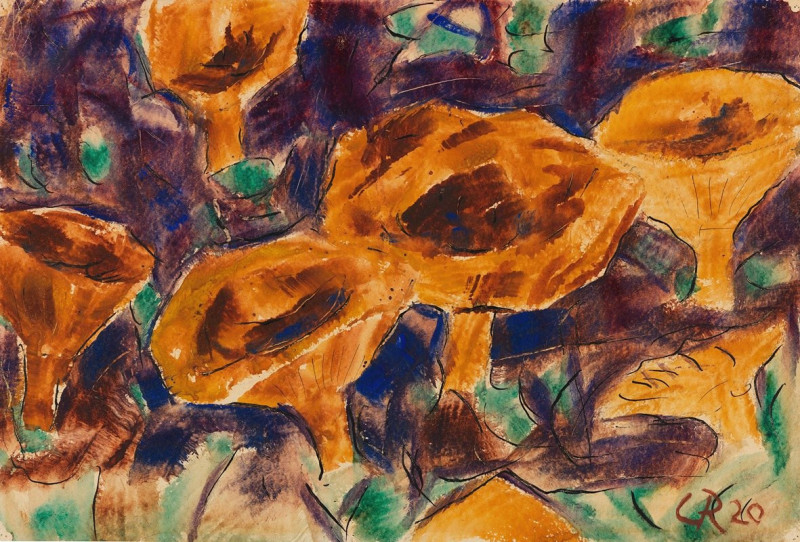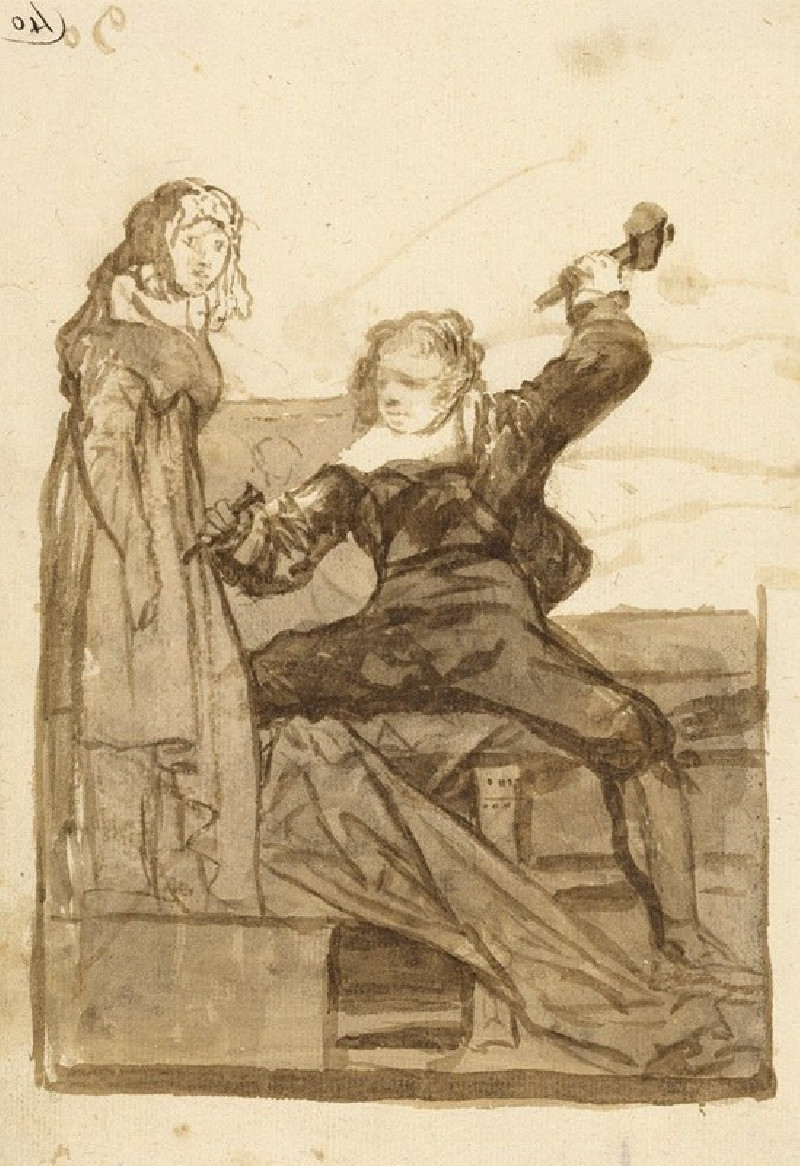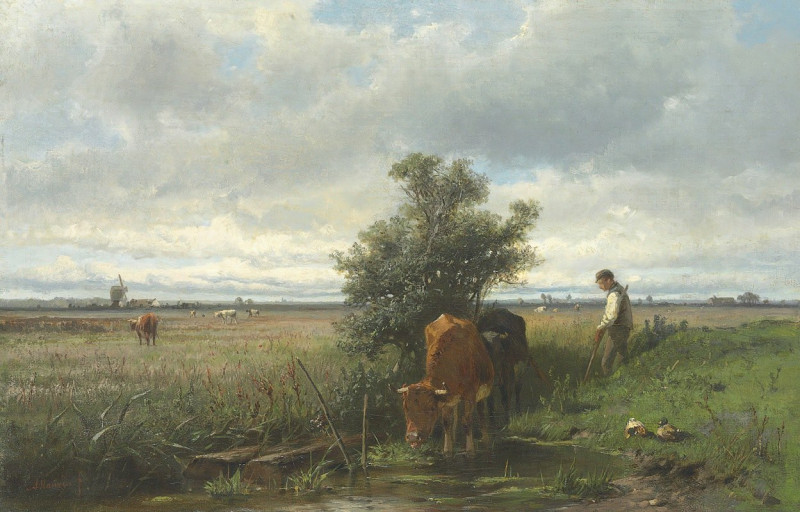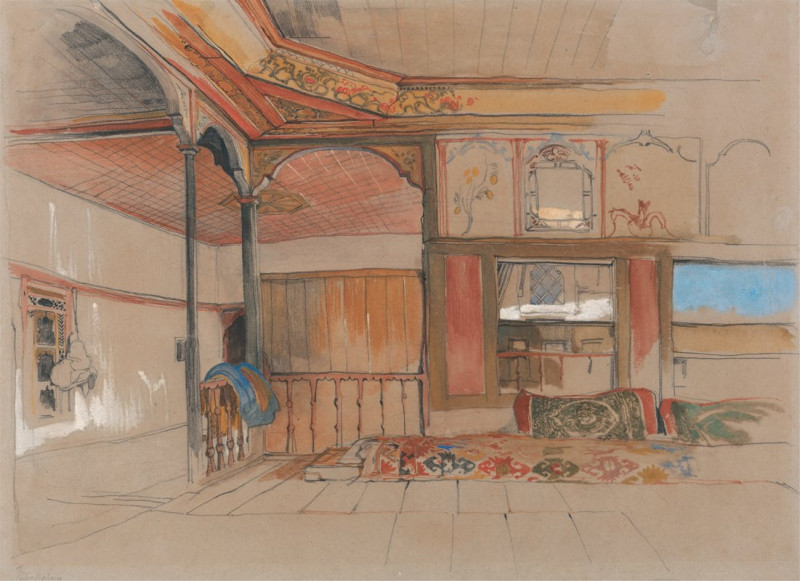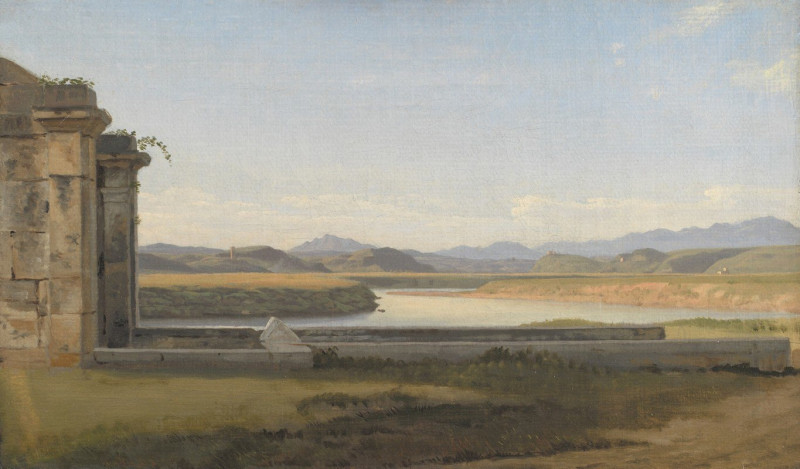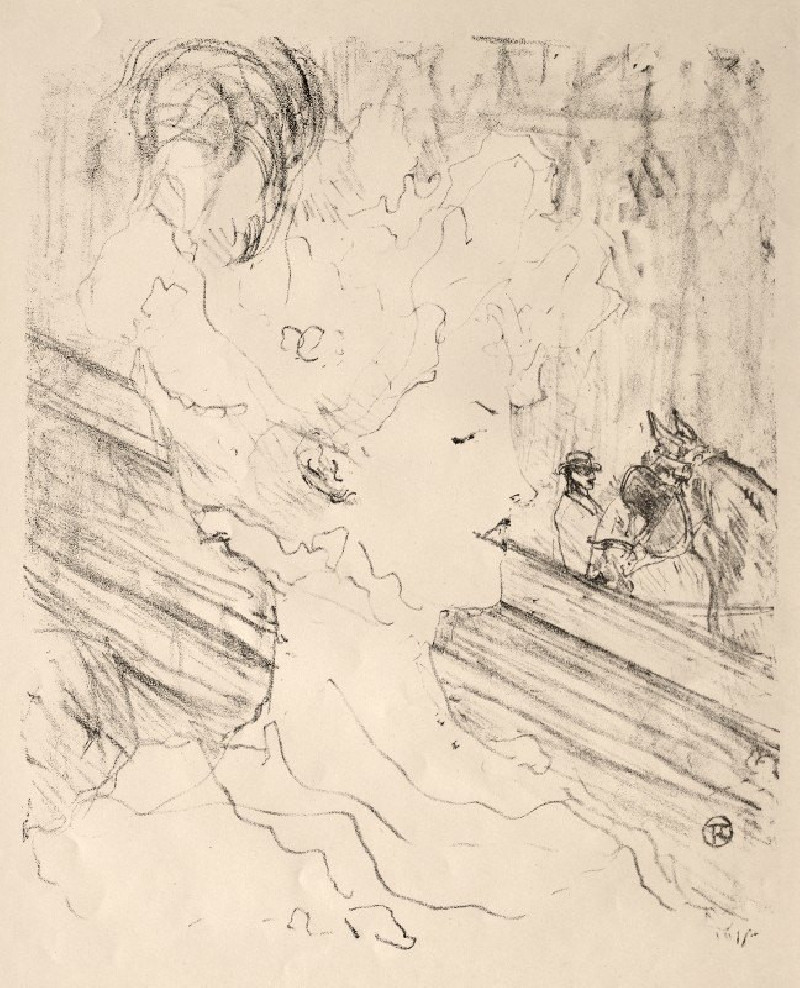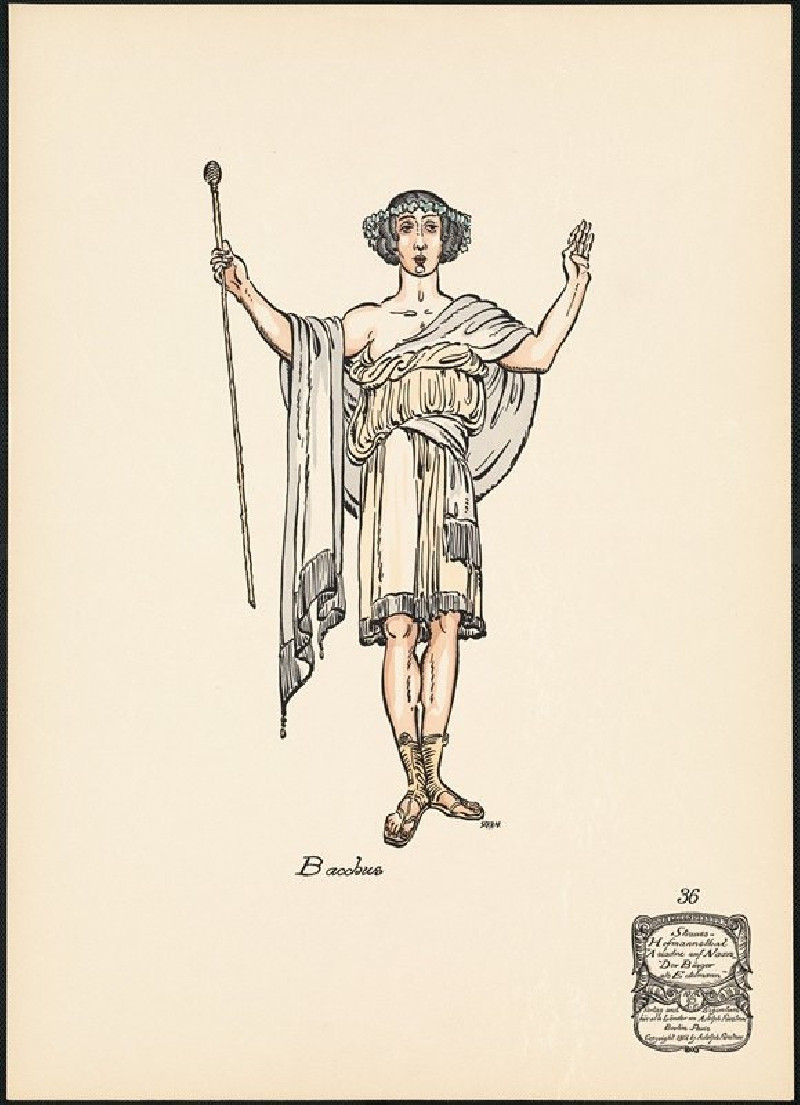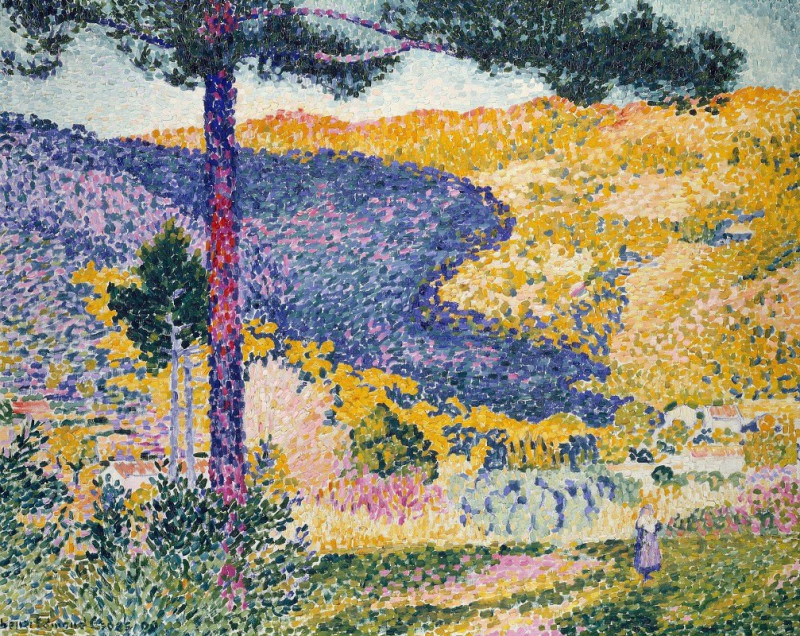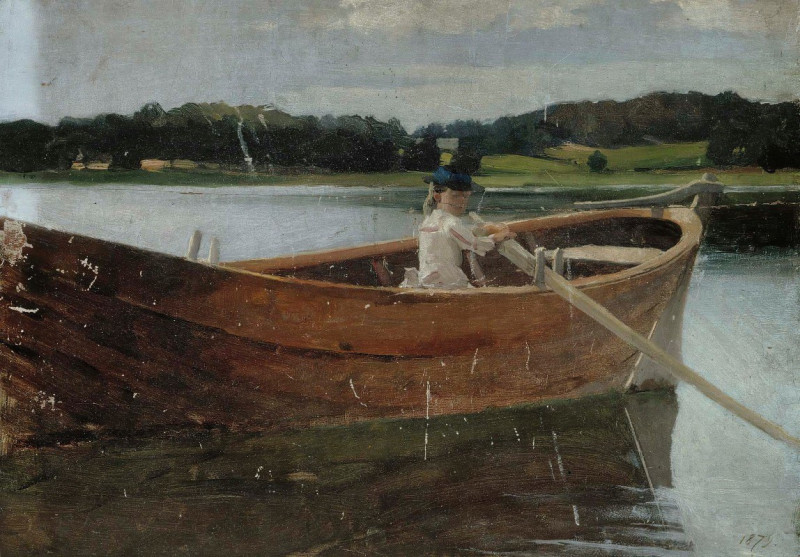Abend (around 1921)
Technique: Giclée quality print
Recommended by our customers
More about this artwork
"Abend" by Karl Wiener, created around 1921, is a striking example of early 20th-century experimental art. This piece, whose title translates to "Evening" in English, captures the ephemeral beauty of the twilight hour in an urban setting. Wiener utilizes vibrant layers of colors—bold reds, calming yellows, and deep blues—to delineate the sky, suggesting the dramatic yet gradual shifts of sunset.The scene is framed within a darker silhouette, resembling a window view, which encourages the viewer to feel as though they are glimpsing this serene moment from a private space. The skyline, characterized by staggered buildings and a prominent central spire, conveys the silhouette of an old European city transitioning from day to night.The entire composition is overlaid with a mesh of scribbled lines, adding a textural depth that both veils and reveals the scene beneath, mimicking the complex interplay of light and shadow typical of urban landscapes at dusk. This technique not only emphasizes the dynamic nature of light but also symbolizes the chaotic energy of urban life winding down.

